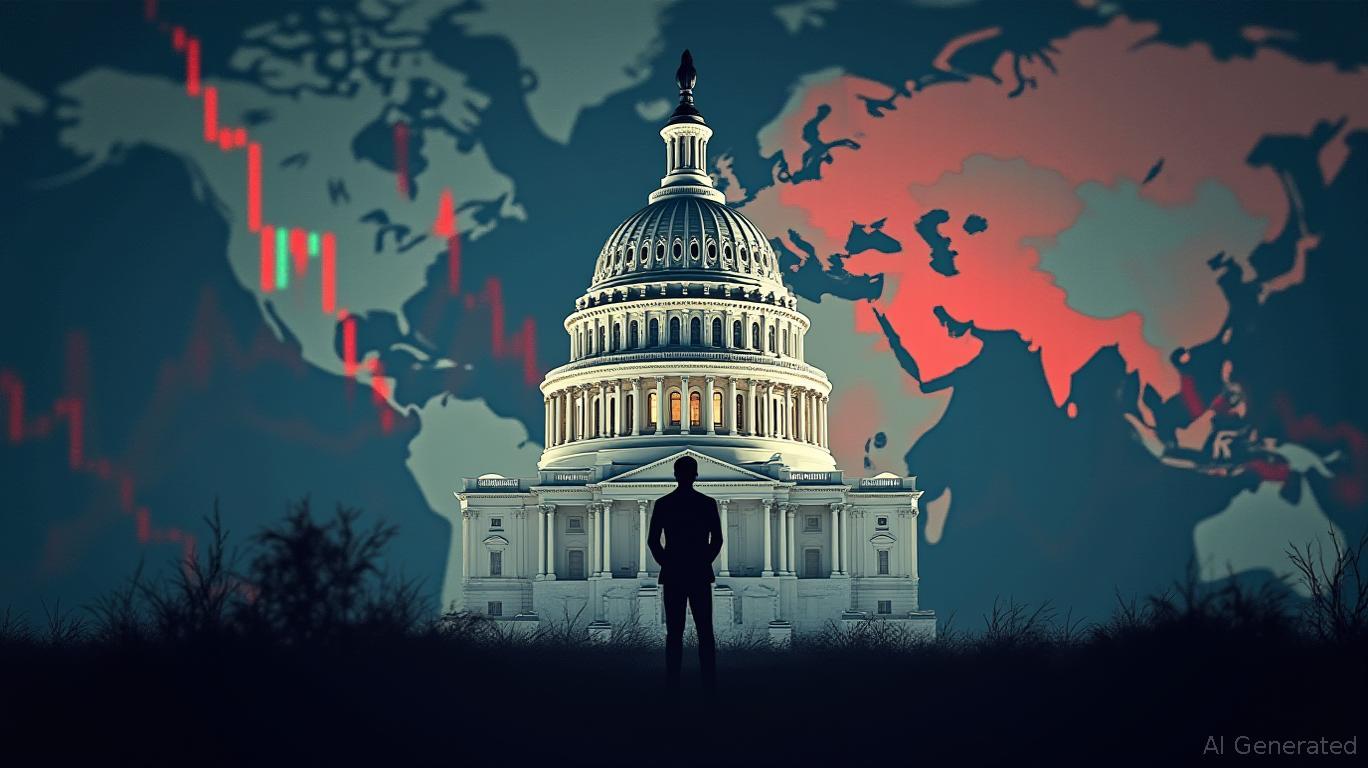Wells Fargo’s $40 Billion Buyback: A Bold Move to Boost Shareholder Value?
Wells Fargo & Company (WFC) has unveiled a landmark $40 billion stock repurchase program, signaling renewed confidence in its financial trajectory after years of regulatory and operational challenges. The announcement, set to begin immediately following the completion of its current $30 billion buyback, positions the bank as a contender for shareholder returns among its peers. But is this move a strategic triumph or a risky bet on an uncertain economic landscape?

The Capital Play: A Return to Shareholder Focus
The $40 billion buyback—among the largest ever authorized by a U.S. bank—builds on Wells Fargo’s efforts to reduce its equity base and boost earnings per share (EPS). Since 2019, the bank has already cut its average common shares outstanding by 22% through prior repurchases, a strategy CEO Charlie Scharf emphasized as central to its capital allocation priorities. The move aligns with a broader industry trend, as banks seek to reward investors amid low interest rates and stagnant loan growth.
The program’s timing is notable. Wells Fargo recently concluded a years-long Consumer Financial Protection Bureau (CFPB) consent order, which had restricted its operations and capital flexibility. With that hurdle cleared, the bank now aims to capitalize on its strengthened balance sheet, which boasts $1.9 trillion in assets and a Tier 1 Common Ratio of 12.6%—well above regulatory minima.
Market Reaction and Valuation Clashes
Investors initially cheered the news, pushing shares up 1.48% to $70.42 on the announcement. Analysts at major firms, including Morgan Stanley and Goldman Sachs, highlighted a $77.54 one-year average price target, implying a 9.47% upside from current levels. However, GuruFocus’ GF Value model paints a more cautious picture, suggesting a potential 16.89% downside to $58.87 due to concerns over Wells Fargo’s historical mismanagement and inconsistent earnings.
The Case for Optimism
Proponents of the buyback argue that Wells Fargo’s diversified business segments—Consumer Banking, Commercial Banking, Corporate & Investment Banking, and Wealth & Investment Management—provide a stable revenue base. In 2023, net interest income rose 6% year-over-year, while non-interest income grew 4%, reflecting resilience across its operations.
Moreover, the bank’s dividend yield of 1.7% (based on the $0.40 quarterly payout) remains competitive with peers, even as it reallocates capital toward buybacks. Over the past decade, Wells Fargo has returned over $100 billion to shareholders through dividends and repurchases, a commitment that has bolstered investor loyalty.
Risks on the Horizon
Critics, however, point to lingering vulnerabilities. The U.S. economy faces a potential downturn, and Wells Fargo’s heavy exposure to consumer lending—particularly mortgages and credit cards—could strain profitability if defaults rise. Additionally, regulatory scrutiny remains a wildcard; while the CFPB consent order is resolved, new rules on capital requirements or environmental disclosures could constrain flexibility.
The Bottom Line: A Calculated Gamble
Wells Fargo’s $40 billion buyback is undeniably bold, but it’s far from a sure bet. On one hand, the move aligns with a proven strategy to boost EPS and shareholder returns, with a track record of reducing shares outstanding by over 20% since 2019. The bank’s strong capital ratios and resolution of regulatory hurdles provide a solid foundation.
On the other hand, the GF Value estimate’s stark downside warning underscores lingering skepticism about Wells Fargo’s ability to sustain growth. If the economy falters or interest rates remain subdued, the bank’s reliance on fee-based income and cost-cutting may prove insufficient.
In the end, the buyback’s success hinges on execution. If Wells Fargo can navigate macroeconomic headwinds while maintaining its focus on disciplined capital allocation, the program could reignite investor confidence. But with a stock price still below its 2020 peak and a history of missteps, the bank must prove it can grow without repeating past mistakes. For now, shareholders are betting on the former—but history reminds us to stay cautious.
Final Analysis:
Wells Fargo’s buyback is a critical test of its post-regulatory comeback. While the move could lift EPS by 3-5% annually over the next few years, its long-term success depends on a stable economy and the bank’s ability to rebuild trust. Investors should monitor quarterly net interest margin trends, loan loss provisions, and share repurchase pace to gauge progress. At $70.42 per share, the stock trades near a crossroads: a bet on Wells Fargo’s turnaround story or a warning that its valuation still carries risks.










